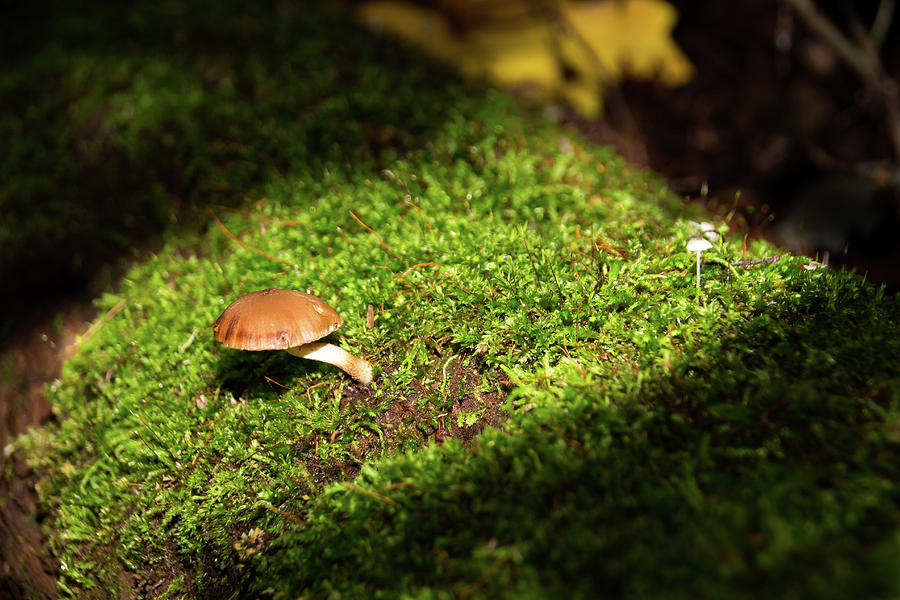

To simulate the natural monsoon conditions of the native Shiitake habitat, submerge your logs in cool water for 24-48 hours (you can use a rain barrel, pond, or bathtub to do this, with a weight to keep them from floating). To get Shiitake to fruit, you’ll want to “shock” your logs first. The first fruiting of your logs can be initiated nine to twelve months after inoculating them. When several of these changes occur simultaneously, they tell mushrooms that it’s time to reproduce. Mushrooms fruit in response to stress, such as a decrease in nutrient levels, a rapid increase in moisture, or a sudden drop in temperature. Stumps of hardwood trees can also be inoculated if you cut a ring in the bark at the soil level and the stumps are two to four feet tall. The logs should be four to ten inches in diameter and two to five feet long. The longer they’ve been down, the more opportunity for other mushroom species to populate them. Once they’ve been cut down, the logs should be inoculated as soon as possible – no later than a month or two after. Harvest your tree(s) during the fall or winter, when their leaves have fallen and their sugar concentration is highest. You want to select fresh, healthy trees for your mushroom logs. Trees that are already decaying have other species of fungi growing in them, meaning more competition for your mushroom spawn. The next thing to consider is the health of the tree. Oyster and Shiitake mushrooms both prefer hardwood tree species such as alder, birch, oak, maple, cottonwood and beech. Each species has its own tree preferences, so your first step is to find the right kind of wood. Mushrooms in the wild grow on dead trees, working to decompose organic matter in order to acquire the nutrients they need to flourish. When planting mushroom plug spawn, it’s important that you use the right logs.
#Mushroom logs how to
Below, we’ll teach you how to use mushroom plugs and get your own backyard mushroom farm going! Using mushroom plugs is fairly simple but does require a few tools and little bit of understanding of how mushrooms grow. The payoff is that you’ll get seasonal crops for years to come! There’s no more exciting and rewarding way to grow mushrooms.

Unlike indoor mushroom grow kits that produce fruiting bodies almost immediately, you’ll have to wait nine months to a year for mushroom logs to produce.

Growing mushroom logs is a bit of a waiting game.
#Mushroom logs full
The mycelium will start producing fruiting bodies after a full year of growing and can go on to produce every year for five years or even longer, depending on how long the log takes to fully decompose. Hardwood dowels laced with mushroom mycelium are plugged into freshly-cut logs or stumps to inoculate them. This method of mushroom cultivation mimics how mushrooms thrive in the wild. Mushroom log cultivation is a style of farming that dates back about 2,000 years and is still a great low-tech way to grow mushrooms today. If you have a little bit of land or even a small yard, you can grow your own gourmet culinary and medicinal mushrooms outside for years to come.


 0 kommentar(er)
0 kommentar(er)
